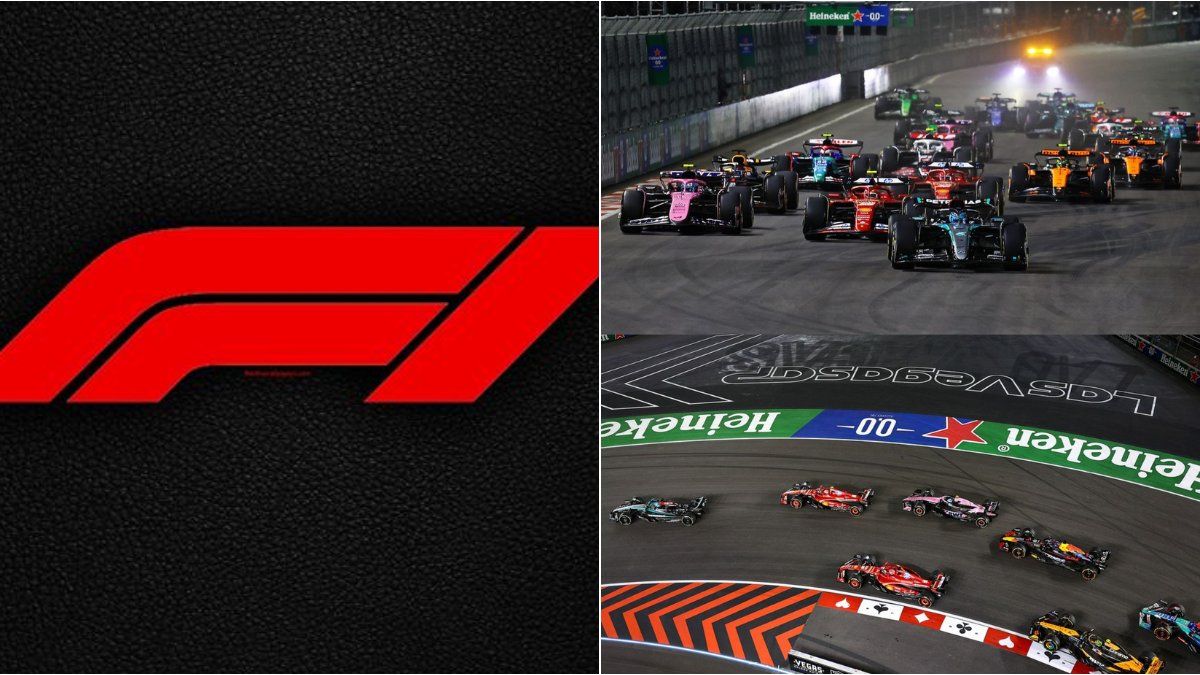The International Automobile Federation (FIA)confirmed the evaluation of new engines for the future of the Formula 1. The most striking The V10the return of this iconic power unit may be a long -term solution.
The director of monoplays of the FIA, Nikolas Tombazishe mentioned to the media that the conversations are in an initial phase, but no option is discarded, even to shorten the motor regulation cycle by 2026.
The future regulations already approved of 2026 will make the Power units must be modified for an increase in electrification to 50% of the energy supplied. At present, six -cylinder engines are used in V turbinate and with an electrical power system, that is, the cars that run today are hybrids.
However, the recent statements of the president of the FIA, Mohammed Ben Sulayem, about the possible return of the V10 engine have revived speculation about the long -term engine direction. Although this possibility is being considered by 2028, it is not ruled out to set aside the regulation of 2026.
Formula-1-22.jpg
The advance of sustainable fuels
According to Tombazis, Sustainable fuels generated the opinion that perhaps the engines could be simpler. Its construction is increasingly complex and having to comply with the emission rules and lower its displacement, the electrical support that adds weight and the development costs are very high should be increased.
Sustainable fuels are fuels that replace those that are mostly used today, fossils. They occur from raw materials of renewable origin, either biomass, hence biofuels, or renewable electrical energy, synthetic.
Formula 1 is the perfect place to maximize this alternative to the gasoline used today. Aircraft companies are already putting these sustainable fuels into practice And they are giving good results.
The V6, a expensive engine
Nikolas added that the world economy believes that perhaps trying to reduce costs since Current engines are too expensive to produce.
V6 engines, since their presentation in 2014 improved in almost all aspects and are even more efficient than V10. However, the costs to carry out an engine worthy of competition in the highest category caused several brands to desert. At present, only five brands are builders of power units: Alpine, Honda, Ferrari, Mercedes-AMG and Red Bull Ford. For next year Audi will be added, who does not like the news of the possible implementation of the ten cylinders.
The English media The Sun developed a report a year ago with discriminated costs and said that An engine can range between 6.2 and 18.6 million dollars. This figure is added to the development of the car and equipment armed can exceed 100 million dollars.
Although the FIA does not specify anything, the mention of a V10 in Formula 1 makes fans remember old times of glory where those engines were truly listened to on the tracks.
Source: Ambito
I am Pierce Boyd, a driven and ambitious professional working in the news industry. I have been writing for 24 Hours Worlds for over five years, specializing in sports section coverage. During my tenure at the publication, I have built an impressive portfolio of articles that has earned me a reputation as an experienced journalist and content creator.




